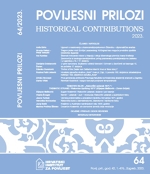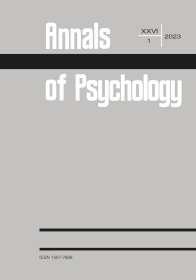
Thriller of the Zadar nun Cattarina Marchi: true or false story?
Thriller of the Zadar nun Cattarina Marchi: true or false story?
Keywords: Venetian Republic; Zadar; nun Cattarina Marchi; 16th-18th century; fedecommesso;
In a paper on the nuns compelled to enter monastic life in the Venetian Republic, published in the Sixteenth Century Journal, Anne Jacobson Schutte cited, among others, the case of the Zadar nun Cattarina Marchi. Zadar archival sources offer new insights about the Zadar nun, provide answers to the questions posed by Schutte and shed new light on Marchi’s petition for the annulment of monastic vows. The analysis and synthesis of archival sources in Zadar, as well as other archival sources, have changed the entire narrative surrounding the nun Marchi, justifying the doubt about the authenticity of the story (true story) regarding her forced entry into the monastery. It will be shown that her case must be considered in the context of economic, social and religious relations between the Zadar nobility and its middle class in the 16th-18th century, especially from the point of view of inalienable inheritance rights, known as fedecommesso.
More...


